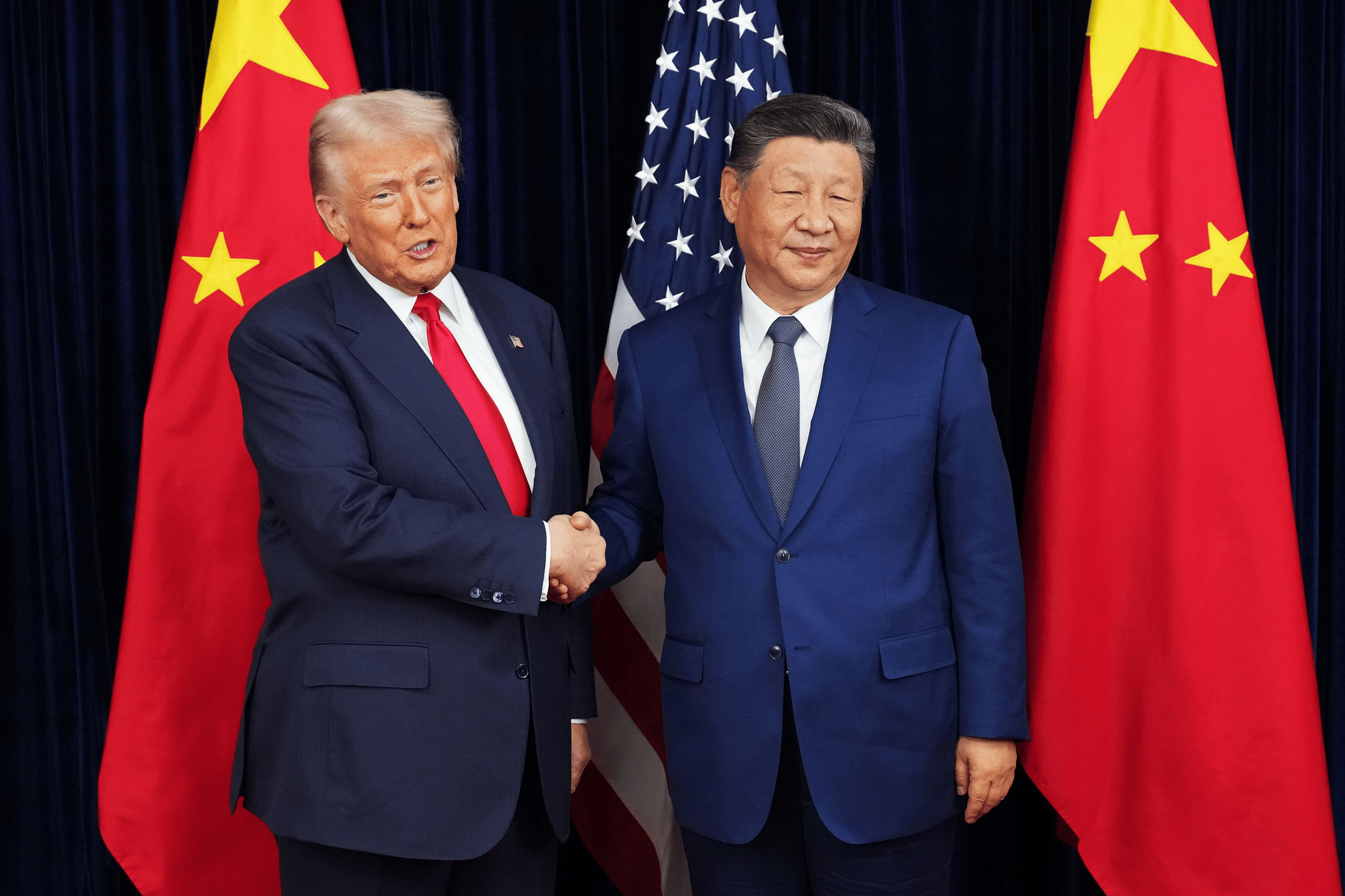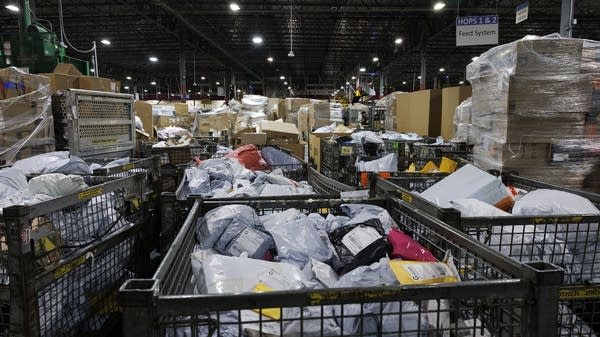What Donald Trump’s tariffs will mean for the economy
Prices could rise for certain goods, and the economy could tip into recession.

President Donald Trump says he’ll speak by phone Monday with the leaders of Mexico and Canada after imposing new tariffs on imports from our two largest trading partners: 10% on Canadian energy imports and 25% on everything else from both countries.
Trump also imposed an additional 10% tariff on imports from China. These are scheduled to kick in at midnight Eastern. And, barring a last-minute deal, experts say they’ll have a significant impact on the U.S. economy and on your wallet.
The tariffs Trump announced affect a far bigger chunk of the U.S. economy than the ones he imposed during his first term.
“It was larger and more forceful than we were expecting in our baseline forecast,” said Kathy Bostjancic, chief economist at Nationwide Financial. “So depending if they actually do get enacted and you see Canada and Mexico retaliate, as they’ve indicated they would, that could shave about two full percentage points of GDP growth.”
That means the economy could see almost no growth this year and could potentially even dip into recession — including job losses.
Inflation could increase perhaps about 0.6 of a percentage point, and prices would rise far more in some areas than in others.
“For instance, you know, for auto prices, we could see a jump of 10%,” Bostjancic said.
Grocery prices could rise, as could prices at the pump. A rise in lumber prices would increase the cost of building homes. Smartphones and other electronics made in China could become more expensive.
In general, analysts say the new tariffs are likely to cost American households about $1,000 to $1,200 a year.
The president’s order also removes an exemption which allowed packages worth less than $800 to come into the country tax-free. That means those purchases from Temu, Shein and other ultra-low-cost Chinese retailers will face import taxes for the first time.













